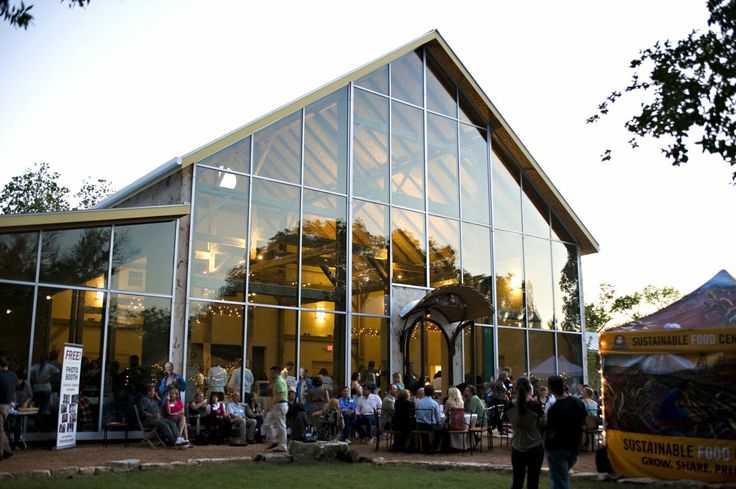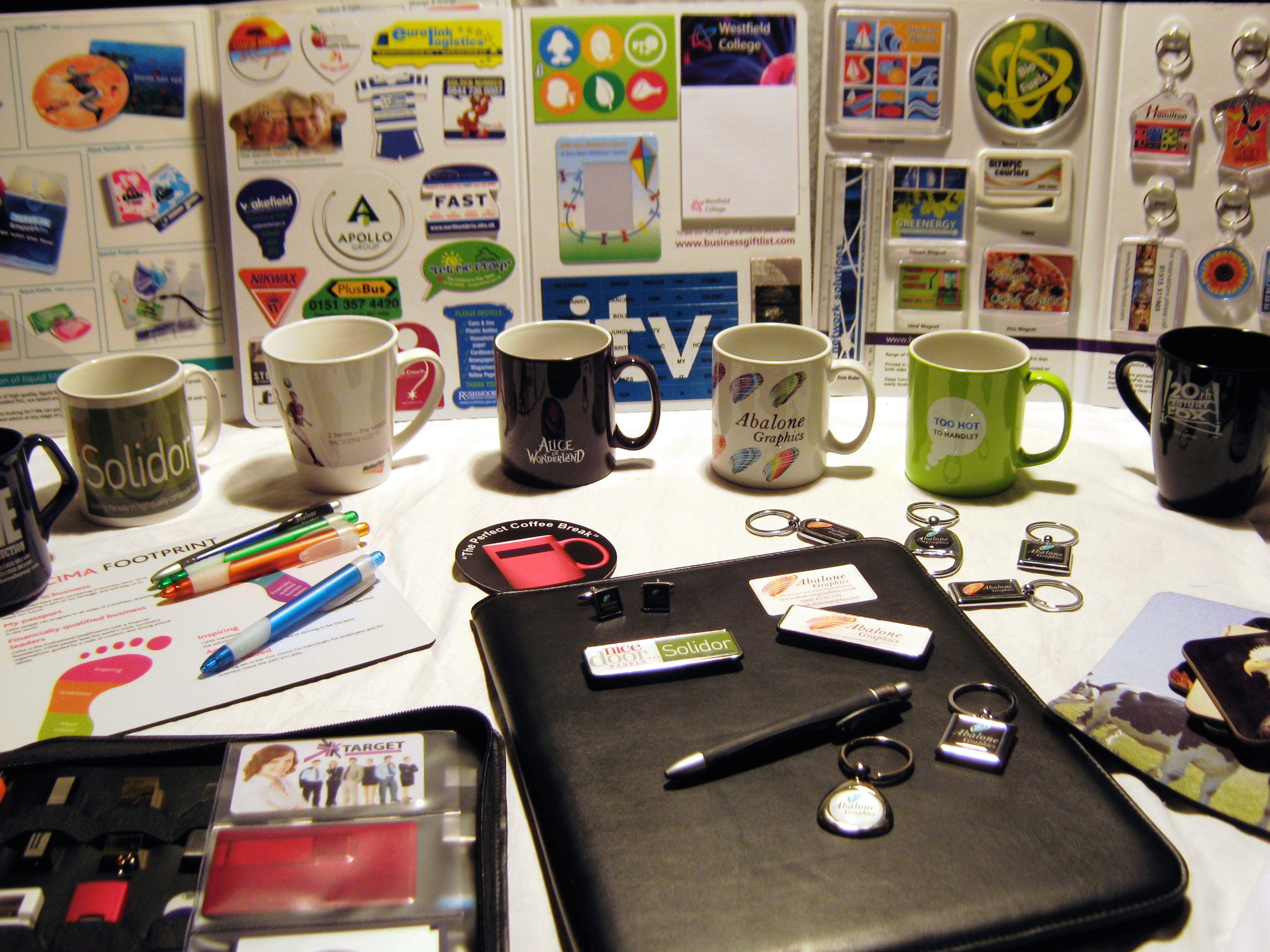Green events are now a hot trend, but environmentally sustainable events must become a standard requirement moving forward if we as an industry are to do our part in addressing this huge issue.
The greening of events can’t and must not simply be a trend; it must become a standard practice.
So instead of repeating what has already been said in many other places, let’s focus on six best practices for green events that you may not yet be familiar with but that will make a huge impact on reducing the carbon footprint of your events.
Add the purchase carbon offset credits to your budget

So what are carbon offsets? Basically, they are reductions in greenhouse gas emissions (namely CO2) taking place somewhere in the world that are subsequently translated into credits that can be purchased. One example of such a reduction would be the renewable energy generated by a wind farm that replaces energy generated by a coal-burning plant.
Such reductions are called carbon offsets, and these are quantified and sold in metric tons of carbon dioxide equivalents. So if you purchase 1 ton of carbon offset credits, you will have reduced 1 ton of CO2 emissions from being released into the environment. The money you spend on these credits essentially goes towards these carbon-reducing projects and programs and speeds our progress in permanently reducing carbon emissions.
You have a couple of options here. You can choose to offset the carbon footprint for your on-site event itself, or you can offset the carbon footprint of your on-site event as well as for the travel of each of your guests/attendees. The latter will be more costly, as guest/attendee travel has by far the biggest carbon impact of any event-related activity, so you may want to offset for your on-site event activities/practices and ask your guests/attendees to purchase their own carbon offset credits to help reduce their travel footprints.
Reduce or eliminate animal meats and proteins from your menus
Did you know that meat production generates 18% of all greenhouse gas emissions every year? In simpler terms, a half-pound hamburger that cooks down to a patty the size of two decks of cards releases as much CO2 as driving a 3000 pound vehicle almost 10 miles.
By reducing the meat portions in your event menus or altogether eliminating meat and substituting other protein options (like tofu, beans/lentils, seitan, etc.), you can considerably reduce your event’s carbon footprint and green up your event even more.
Granted, eliminating meat from menus may not be feasible for some events (especially if you are holding an event for the beef or pork industry), so in those cases you should seek out in-season, locally sourced meats and produce. This will reduce the transportation costs of these foods.
In addition, you can seek out food providers that package their foods with environmentally friendly and recyclable or reusable materials, and you can have any leftovers sent to a local food kitchen or homeless shelter and compost everything else.
Choose a truly green venue

A green event isn’t green without the involvement and participation of your event venue.
Today many venues offer recycling and composting options for you and your guests. However, truly green venues go much further than this, so when evaluating facilities for your green events, look for venues that:
- Are a LEED-Certified facility (LEED certification is a standardized building industry certification granted to facilities that meet a number of requirements in reducing greenhouse gas emissions). This is by far the most important factor in identifying a truly green venue.
- Have an Energy Star score of better than 50, with a score of better than 75 being optimal. Basically, the higher the score, the better.
- Are within close proximity (1/4 to 1/2 mile) to public transit options.
- Employ energy-saving systems (like convection heating/cooling and energy-efficient LED or CFL lighting) and water-saving strategies (like low-water toilets and showerheads).
- Use vehicles with low emissions or low energy consumption rates (like natural-gas powered vehicles).
- Maximize natural light to illuminate their event spaces and rooms as well as to heat those spaces.
Offer incentives for guests that rideshare or take direct flights

As we discussed earlier, transportation is likely to have the biggest impact when it comes to greenhouse gas emissions generated by your event. This can extend to a number of areas – like transportation of food items and decor/flowers and on-site transportation – but the biggest transportation impact is the separate trips all your attendees make to the event itself.
The first step here is to locate your green event centrally so that the largest number of guests have the shortest distance to travel.
But the next thing you can do is to give your attendees incentives to share rides to the event or take direct flights (which are much more efficient than flights with connections).
You could offer special prizes or discounts to these guests who choose these greener options and partner with a sponsor to provide the gifts. You could even give priority seating, menu options or value-added programming to these guests as incentives.
Reduce the amount of “stuff” dispensed at the event

Swag. Handouts. Gifts. Programs. Favors. Promo items. Gift bags. It’s amazing the amount of stuff we take home from events and never, ever use again. Eventually, most of it ends up in a landfill. When you think of all the energy it took to produce those items and the additional energy to dispose of them, it makes you shake your head.
So instead of handing out materials, opt for electronically distributing things like programs and guides for your event that people can load on their laptops, tablets and smartphones.
And instead of giving out another logo-emblazoned stress ball or post-it note dispenser, opt for giving out experiences or intangible-but-useful items instead, like tickets to movies or music shows, gift cards for local vendors or donations made by you on your guests’ behalf. If you must give out a physical object, give out items that are environmentally sustainable, like beeswax candles or small flower/herb pots.
Set a casual dress code for your event

Suits may look spiffy, but lots of dress clothes can also contribute to the carbon footprint of an event. Dry cleaning releases lots of greenhouse gases, as does having to lower the temperature of your event venue or guest rooms so that guests in dress clothes are comfortable.
By instituting a casual dress code that fits the seasonal climate, you can avoid the above measures and have a greener events.
Do you have any revolutionary sustainable event best practices of your own? Then add them to the comments below.
